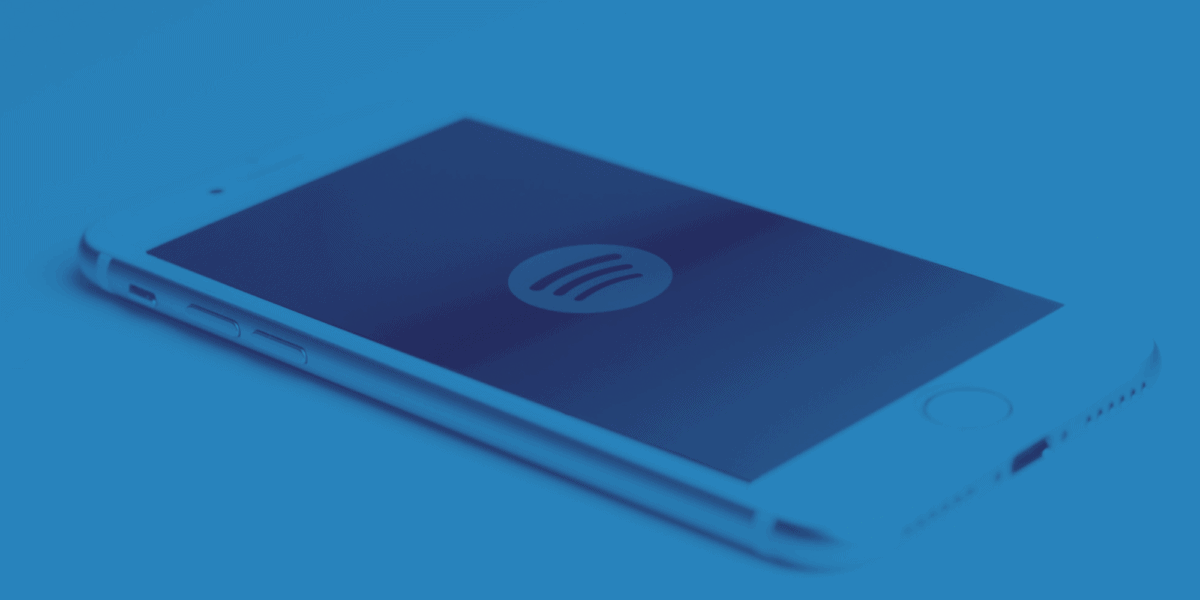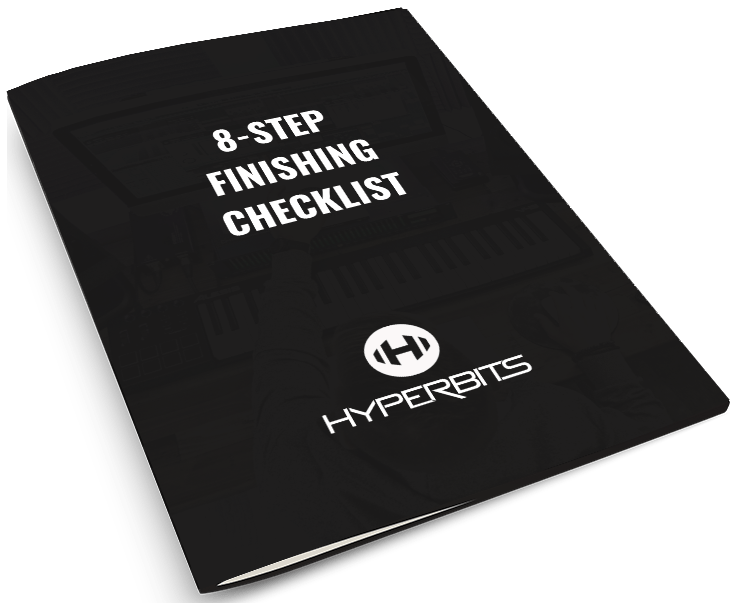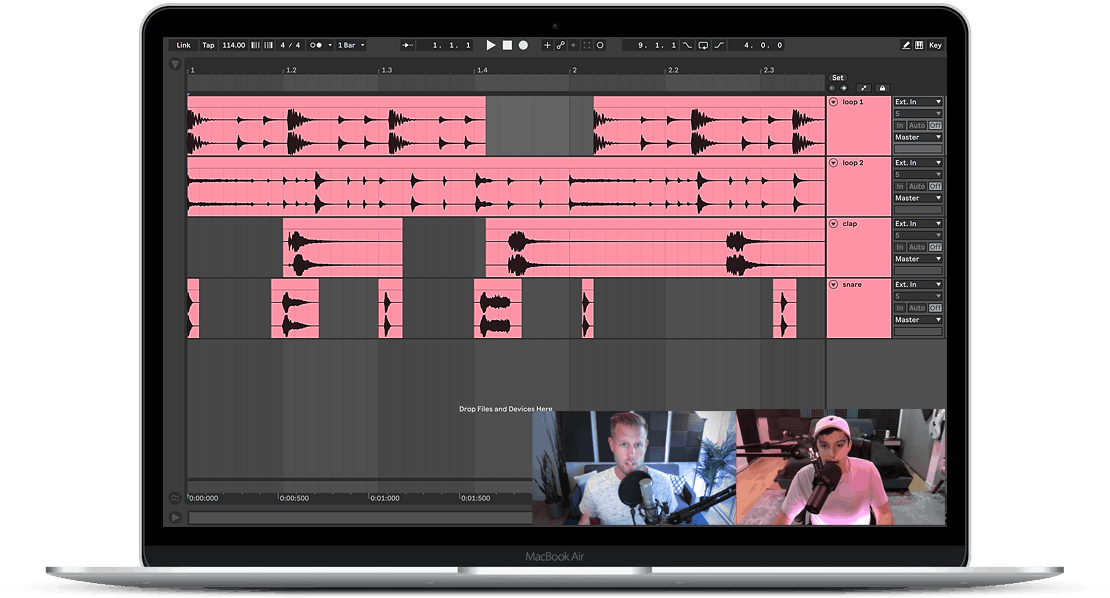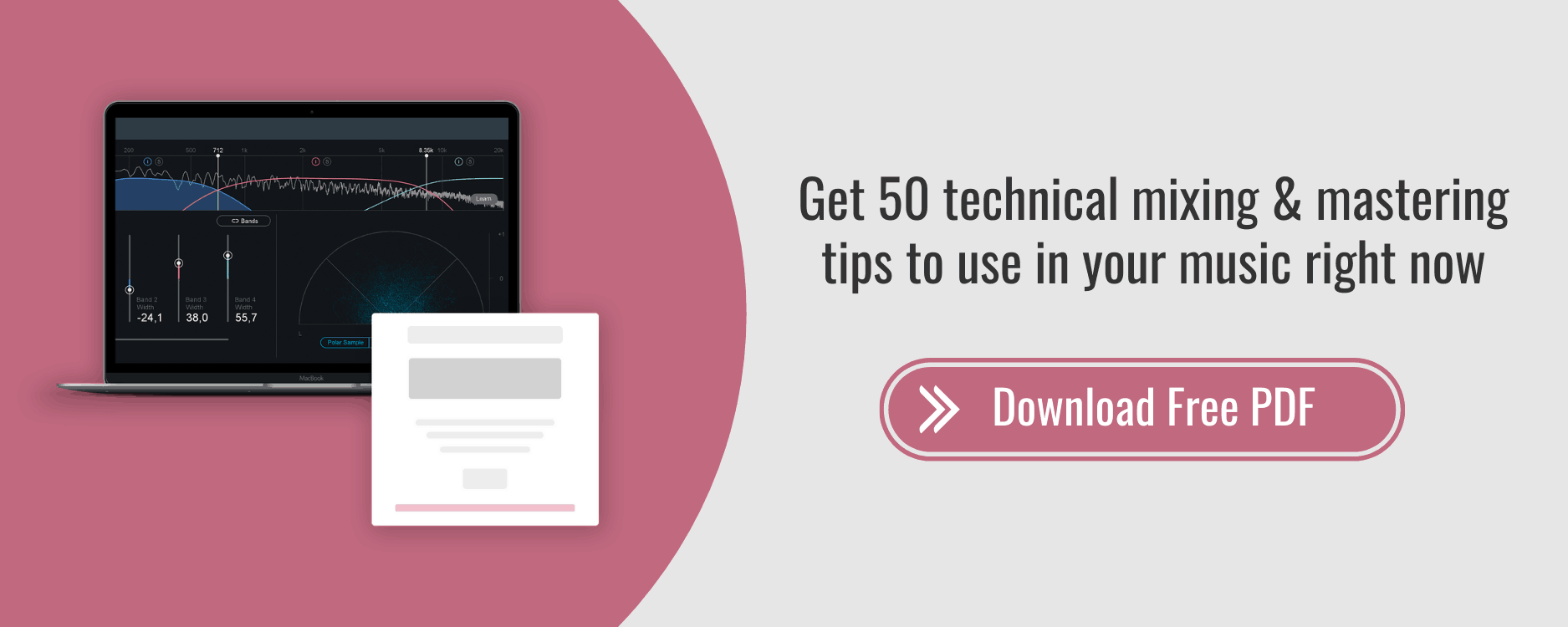How to Upload to Spotify: 10 Ways in 2024
"For me, Spotify is not even a necessary evil. It helps me do what I want to do."
— Ed Sheeran
Knowing how to upload to Spotify can put control of your career directly into your hands. This can be a game-changer for producers who aren't having luck with record labels or who want to foot the legwork needed to land a successful independent release.
But for these artists, not knowing how to upload to Spotify can leave them floundering and lost in a sea of noise.
While there is some validity to the complaints artists have against the platform, Spotify also offers many tools that empower these same artists' success. Overall, Spotify has undeniably redefined the music industry in only a few short years, especially from an artist's perspective. There's less piracy, more creative content opportunities, and smaller artists have never had a better chance to get heard.
But before you can take advantage of everything that Spotify has to offer, or even learn how to upload to Spotify, a few things need to be in place.

Who Can Upload to Spotify?
The simple answer is anyone.
This bodes well for artists who haven’t had good experiences with working with labels or for those looking to take on the arduous task of landing a successful release all on their own. But due to the simple fact that literally anyone can learn how to upload to Spotify, competition to get your music heard has never been more fierce.
Nearly 20,000 tracks get uploaded to Spotify every day, and being able to cut through the noise without the help of a label can be a daunting task. Signing with labels allows the creative artist to do what they do best, while the label handles the tediousness of distribution on their end.
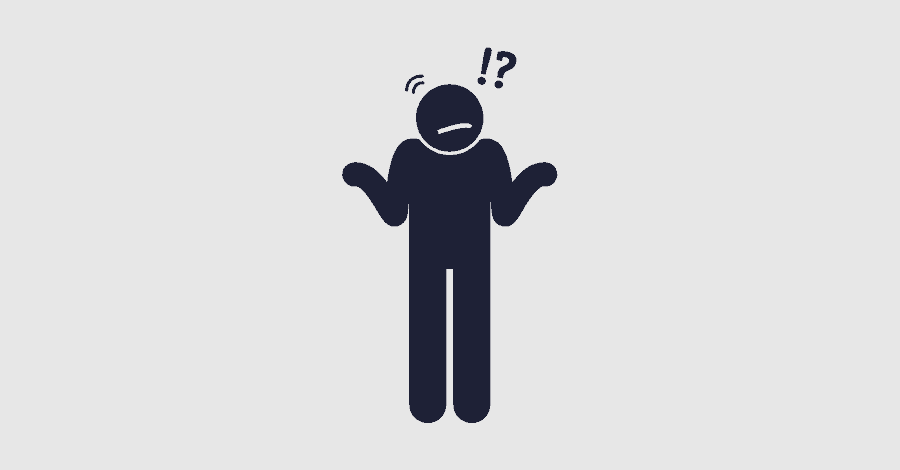
Labels vs. Independent Distributors
The most significant pain point felt by an independent artist looking to land a successful release is their network (or lack thereof). It all comes down to who you know. While the industry has changed drastically over the past two decades, one thing has not; record labels give an artist an air of validity and professionalism along with having a wealth of industry connections that can bypass the process's most challenging steps.
Nine times out of ten, we advise students of the Hyperbits Masterclass to release their music through labels for this exact reason. Label heads know how the process works, are friends with Spotify editors and curators, and will likely give you more opportunities to grow once you have signed with them.
Many artists and producers are skeptical about handing over the rights to their work, but for up and coming acts, for us, it's a no brainer. Often the added exposure and ease of placement makes up for the fact that labels take a portion of your profits.
But working with labels is not for everyone, and the extra work needed to release through independent distributors is worth it to certain producers. If you work best on your own schedule, don’t mind learning the minutia of distribution, and can handle the added stress it will put on your shoulders, then the next steps outlined here will ensure you put your best foot forward on the world’s most popular streaming platform.

Choosing a Distributor to Upload to Spotify
The first step is to find a distributor. Distributors, also called aggregators, act as a middleman between you and the platforms you sell your music on. We'll focus here on Spotify alone, but these distributors allow you to get your music on all manner of online marketplaces, like Amazon or iTunes, all in one go.
There are many different options to choose from when selecting your distributor, and what each offers will vary significantly (as do their price points). Don't jump the gun when deciding which company you want to move forward with; this is an important choice as you learn how to upload to Spotify.
To get you started, we have broken down what we think of some of the more popular aggregators, as well as the pros, cons, and final verdict of each:

Pros
Distrokid's $19.99 yearly rate is an incredible price point considering this gets you unlimited uploads.
Cons
Distrokid takes down all of your uploads when you stop paying the yearly fee unless you fork out for the additional $30 legacy option.
Final Verdict
Distrokid is often the option people choose first, simply because it's straightforward and comes with all the essentials you need. It simply works.

Pros
TuneCore offers advances to fund future projects as long as you have had an account with them for 24 months and are getting consistent profits from your music.
Cons
TuneCore's 15% general commission and 20% sync fee are relatively steep, especially when many of its competitors offer similar services for free.
Final Verdict
What makes TuneCore shine is their extensive published arm that works directly with you to track down royalties, saving you time and effort of having to do this tedious step yourself.
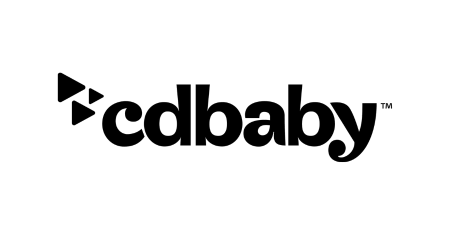
Pros
CD Baby handles almost all collections and mails you a check once your profits cross a certain threshold. Plus, they offer free sync licensing, which is unheard of!
Cons
CD Baby takes a 9% cut of all of your record sales, which can be a sizable chunk in an industry whose margins are already relatively small.
Final Verdict
If you're willing to cough up the commission and small fees, CD Baby's promotional tools can make it well-worth the decision.

Pros
AWAL wants to see you succeed and offers tools and resources to make sure it happens. Despite the fact they are a massive company, it still feels like they are in your corner from first to last.
Cons
Their upfront fees model might deter producers who are not used to spending money in order to make money.
Final Verdict
AWAL takes nothing from your profits until you start selling music, which means it’s beneficial for them to see you grow. That safety net alone makes it a top contender.
Avoid the hurdles many artists encounter simply by doing your own due diligence. Read through Spotify's guidelines as well as your distributors' standard methods and practices. Not having all of the details ironed out, or worst having to backtrack to remedy mistakes, can significantly delay your release.
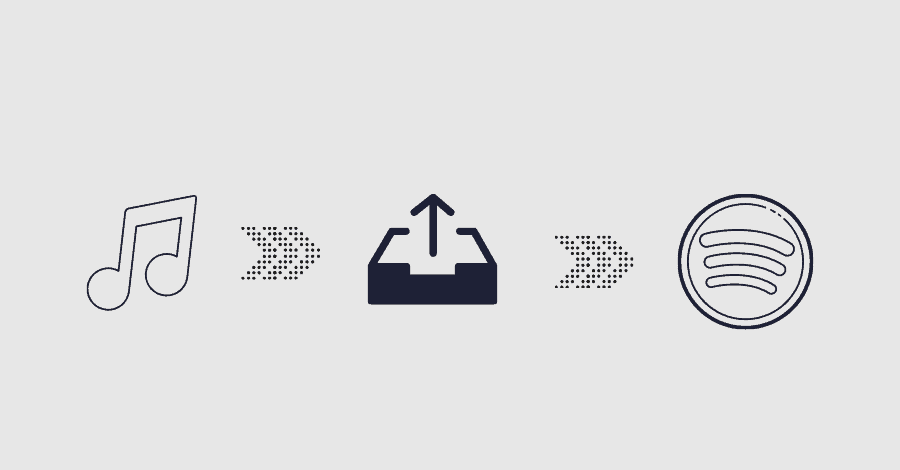
How to Upload Music to Spotify
This process will vary depending on which distributor you or the label you are releasing with has selected. Each has its own standards and practices, with which the label you're releasing alongside will be familiar. But no matter what, there are always a few essentials that will be required:
- Your music must be the highest sound quality. 24-bit kHz .WAV files are the industry standard, so don't submit anything less than that.
- Package the album artwork and music together. To be accepted, the image must be a JPEG of 3000x3000 pixels in size.
- If you’ve gone the label route, then you’re not responsible for this step, but you will need to obtain an ISRC and UPC that is unique to your upcoming release. You may be charged a small fee to generate a unique code, depending on your distribution company, but if you sign your song to a label they cover all of these fees.
- Finally, make sure that the mix and master measure up to the rest of the commercial music on Spotify. Even if it takes shelling out extra cash for a professional mastering engineer, it will be worth the investment.
Avoid the hurdles many artists encounter simply by doing your own due diligence. Read through Spotify's guidelines as well as your distributors' standard methods and practices. Not having all of the details ironed out, or worst having to backtrack to remedy mistakes, can significantly delay your release.
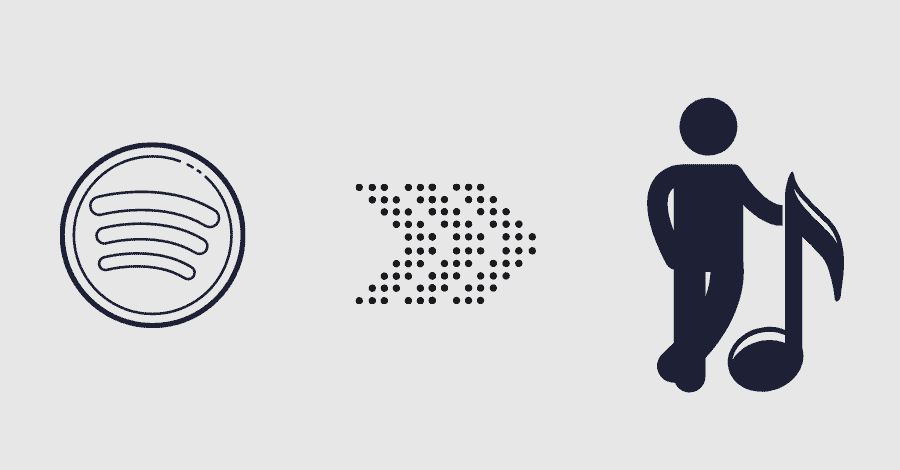
How to Get Spotify for Artists
Once you have a track uploaded and released to Spotify, you'll want to waste no time in claiming your artist profile. This is through Spotify for Artists and can only be done once you have an official release under your name. There are two ways you can do this.
The first way is to simply claim access to your Spotify for Artist page, which can be done on their website the moment you register an account. As mentioned above, it is impossible to claim your account in this way until after you have music on Spotify. If you are claiming your Spotify for Artist page in this way, expect the process to take some time, as Spotify must first confirm your identity.
On the other hand, claiming your Spotify directly through a distributor or your label’s distributor is instantaneous. Because sites like Distrokid and CD Baby can immediately confirm your identity, there is no need for Spotify to have to go through their own lengthy process. Going through these avenues fast tracks you to get that coveted blue checkmark at the top of your verified profile.
How to Get Spotify for Artists
Claiming your Spotify for Artists account gives you a wealth of tools and opportunities to grow, but only once you have optimized it in the right ways. This allows you to show your fans who you are, tell your story, and begin to build a brand all within the platform.
It all starts with the imagery, so make sure you let your personality shine. The best images keep the artist centerstage. Keep in mind that users will be viewing your profile on many different devices. This means it is best to choose a larger image (at least 2660X1140 pixels!) with wider margins to ensure that you are always front and center.
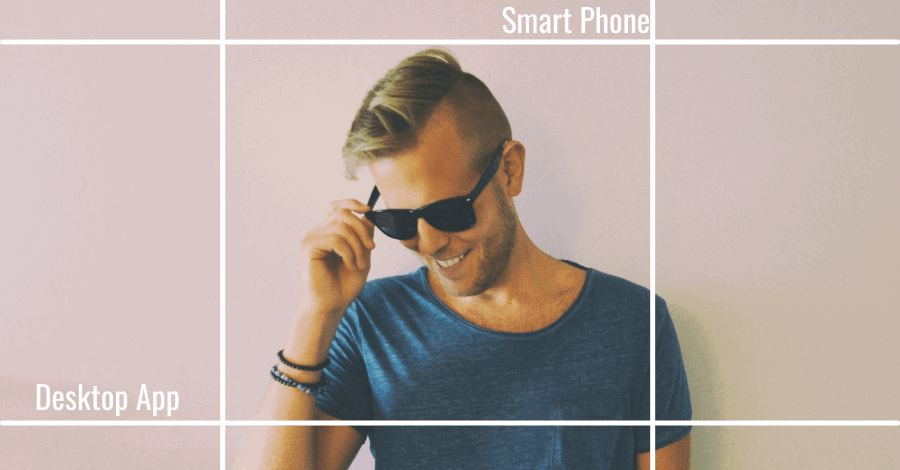
Look at how a single image is cropped depending on which device it is being viewed on.
Next comes your artist bio. If fans are reading this, it's because they want to hear about you in your own words. Use this opportunity to draw them in and offer a new perspective on what you do.
Saying who you are and where you're from are easy ones, but look for ways to tell more of your story. What is the origin story that got you producing in the first place? What are the defining principles of your music? What do you stand for, and how is that expressed in your sound? Your bio is the perfect time to start building that initial connection to any would-be fan who is encountering you for the first time.
Finally, do you ever look at the profiles of your favorite artists and notice that everything just kind of makes sense? Everything from their images to their custom playlists, their artist picks, and even how they communicate all just seems like a packaged deal. This is what building a brand is all about.

Syence’s bass-pop sound matches the vibrant colors and darker textures of their brand
If you're wondering how to appear professional and have your audiences buy into what you're selling, branding building is the answer you're looking for. Many artists struggle with this aspect since it requires an entirely different skill set than making beats or writing songs. Luckily, Spotify offers a wealth of customization options precisely for that purpose. I recommend drawing inspiration from your favorite artists and aim for the same cohesiveness across your Spotify for Artist profile.
Spotify's Tools for Artist Growth
Branding and artist growth often go hand in hand, and Spotify offers many opportunities for each. So let's unpack a few places on your profile that deserve some extra attention to help you stand out amongst the competition.
Choosing and customizing your artist pick is a great way to show the world what you're all about. This feature lets you highlight a specific piece of music – your latest release or your first album – to be highlighted at the top of your profile. Better yet, you can even select custom imagery for the thumbnail! The added text option can be used to share tour dates, personalized announcements, or anything you desire.
The next branding-building feature is a gamechanger: Artist Playlists. These playlists bring so much to the table. DJs can show what tracks they've been playing at shows and songwriters can showcase their latest inspirations. Keeping these updated is a great way to give your fans a reason to return to your profile over time. Similarly, publishing these updates on social media can provide useful content to keep your fans informed on what you've been up to.
Spotify's potential for sharing music is unrivaled, and how your music is shared can be a defining aspect to build your brand. Spotify's Promo Card feature allows you to create custom assets for your music, be it an album anniversary, new song release, or playlist updates. And they offer seamless integration between Instagram, Facebook, and Snapchat, along with a load of other features, which means sharing these assets has never been easier. Too many producers are not even aware that features like this exist and can be a great and unique way to update your fanbase.
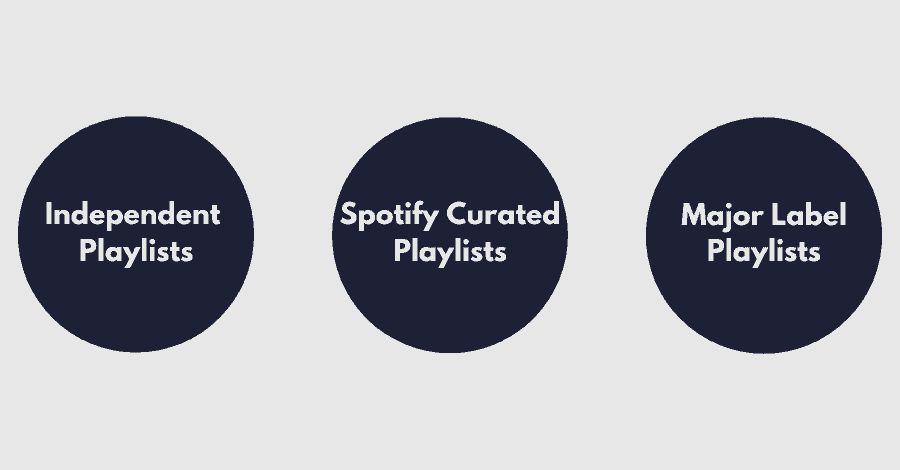
Pitching Music to Spotify Playlists
For any artist releasing music, getting their music onto popular Spotify playlists must be a top priority. These playlists come in three forms: Spotify curated playlists, Major Label playlists, and Independent ones. Getting your music on major label playlists is next to impossible, but pitching music to official and independent playlists is quite simple (actually getting featured on one is a different story).
Pitching your music for official playlist consideration is all done through your Spotify for Artists page, and by following these simple steps:
- Upload your track to Spotify 3-6 weeks before its official release date before sending it to the playlist editors. Music that has already been debuted will not be considered. Labels should be handling this step of the process, removing the stress from the artist entirely.
- Once the track is uploaded, access your Spotify for Artist profile.
- From there, click on the ‘Upcoming” tab at the top section of the page.
- Select the single track you wish to pitch. Only one song at a time is considered.
- This will lead you to a detailed form to fill out, which is your opportunity to market your song to the curators and let them know why your track deserves to be featured.
- Submit your track, and let the waiting game begin.
Another way to pitch your music is direct to curators. To do this, you need to know precisely who you are pitching to, which will take a bit of research. These curators' official title is called an editor, so a quick search for 'Spotify Editor' in LinkedIn or a similar site will get the ball rolling.
From here, you can send them a concise message or email with a brief description of your track. Don't be afraid to follow up with a polite email if you don't hear back after a week, as these inboxes are often overloaded with messages from artists doing precisely what you are trying to now.
Another valuable resource that Spotify offers is Independent playlists, which are made by casual users and members of the community. Despite the fact that these playlists are technically unofficial, many of them have followers that number in the tens of thousands. Once your track is officially released, sending the music around to these curators and tastemakers can be a great way to bump up the play count.
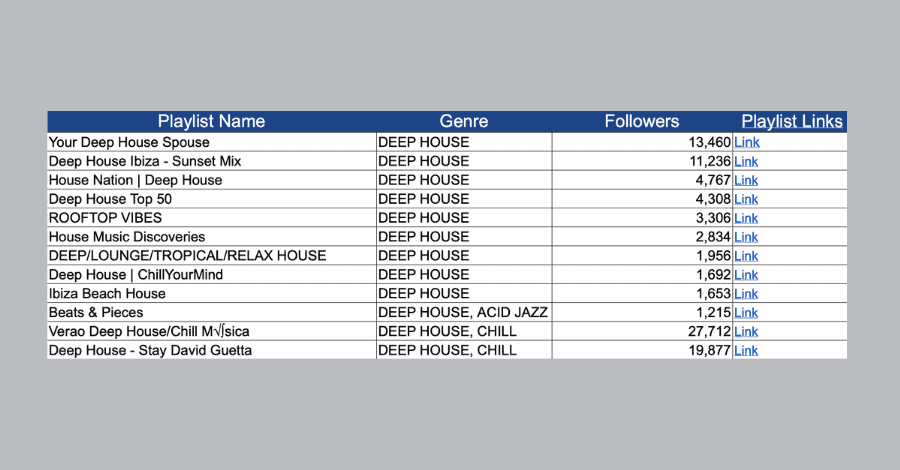
Creating a database of playlists in your niche can help streamline the pitching process
Searching around for playlists in your niche can be time-consuming, but apps like Playlist Hunter can help cut down on the time it takes to build out a database of lists to target. Keep this list organized, so that you don’t need to repeat the search every time you have a new release.
How to Create Your Own Spotify Playlists
Another way to bring more attention to your music is by building up a playlist of your own and then including your own releases therein. While it can be hard to cut through the noise, this rewarding process can be made simpler by following these quick tips:
Choose a Great Name: Select something that stands out and is unique in its own right. It might help to pick a name close to what you know people are already searching for so that your playlist pops up under similar results. Another approach would be to pick a somewhat related name related to what you stand for as an artist. Remember that branding thrives off of consistency!
Know Your Audience: Take some time to think about the purpose of this playlist. Is it meant to be listened to while working out or studying, or is it background music for a coffee shop? Understand the vibe you are going for, and do everything in your power to support that.
Branding is Everything: This requires the same processes as selecting an image and bio for your artist page. Select an image that makes sense for the brand and evokes something similar to the music itself. The description should offer some new perspective on the music included in the playlist.
Stay On Top of the Updates: Too many people start making playlists but never get into the habit of regularly updating them. Nothing looks more unprofessional than a playlist collecting dust! After that, it all comes down to patience and consistency.
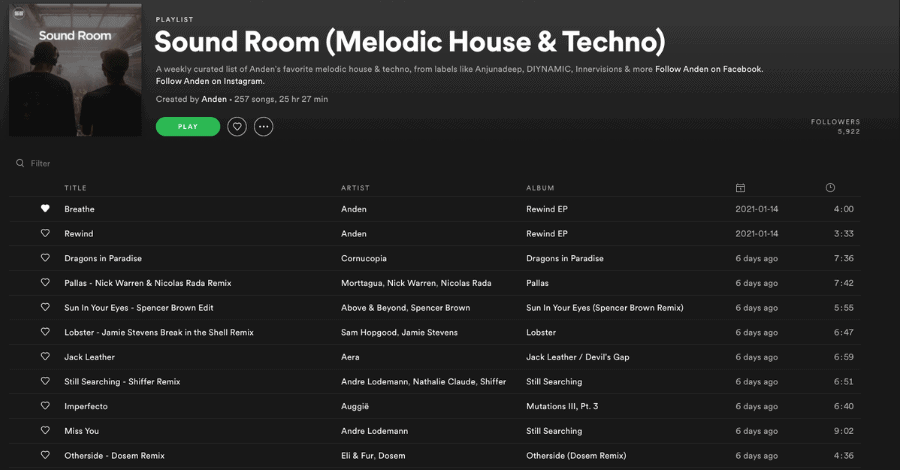
Anden’s artist playlist is always updated with whatever they’re currently playing in their gigs
Final Thoughts on Uploading to Spotify
Being able to upload to Spotify, promote your releases, and establish an entire brand behind your music all on one platform has revolutionized the modern music industry. But it has also made it that much more competitive. As such, working alongside record labels with established networks is almost always preferable.
Even still, the amount of options at a producer’s disposal means there has never been a better time to be making music. But before you even start thinking about distributing music, the music itself has to be good enough. Having phenomenal tracks is table stakes in the modern music industry.
The Hyperbits Masterclass is perfect for those who are wanting to conquer music production. Simply put, Masterclass graduates are making some of the best music in the game right now and getting placed on some of the biggest and most reputable playlists on Spotify.
These Might Also Interest You:
Making Money In Music: How Artists Can Create Multiple Income Streams



